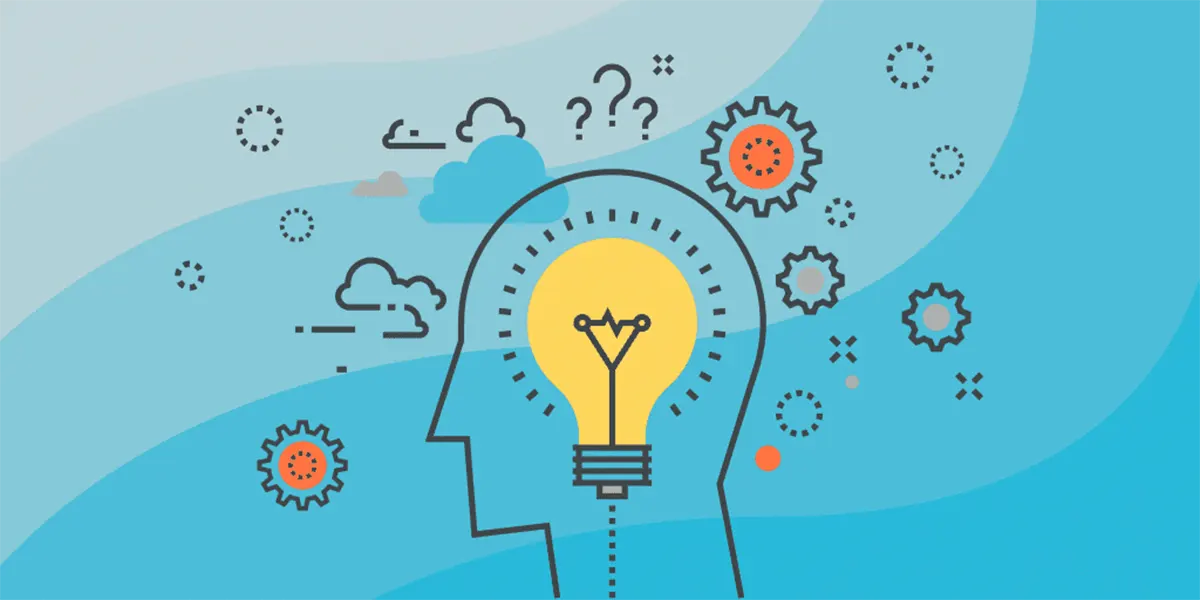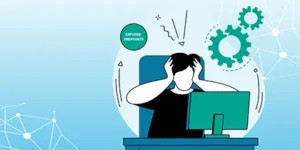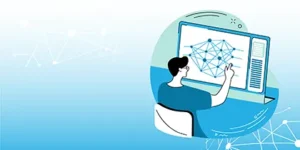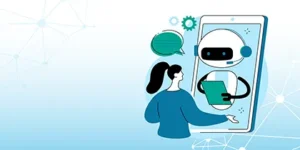Thinking about Splunk as a Product
Published: June 1, 2023

What is Product Thinking and How Does it Relate to Splunk?
In this blog, the first of a series of posts, we will discuss what product thinking is and its business value. This will set the stage for future posts in which we will discuss what product offerings can be supported by Splunk technology and Splunk Cloud.
What is Product Thinking?
There are lots of answers to this question, and defining this can depend on the problem space too. From our software and systems perspective in large organizations, however, here’s how I would explain Product Thinking…
A product is a system, component, platform, object, or service(s) that provides some capability or value to one or more people who use or interact with it. Typically in business, we care that that product will deliver enough value that someone is willing to pay for it, to ensure it delivers the value it provides – whether the customer personally pays, or someone else values the capabilities of the product for other people. Ideally, this value is greater than the cost it takes to build, of course! This value may not be generating revenue directly but may deliver value in terms of cost savings, a greater ability to sell or execute, or increased security to a business, for example. Essentially, value tends to fall into one of either increasing revenue, protecting revenue, reducing costs, or avoiding costs.
Product thinking is a mindset and approach to considering the delivery of outcomes to generate value in an organization, and basing that around a product or service. It is the concept of considering the value and outcomes that a product or service delivers to the people that use or interact with it. We tend to think about the following questions when considering a product and having a product thinking mindset:
- What is the vision for our product or service – why do we exist and what capabilities or outcomes do we enable? In other words, what problem are we solving?
- Is someone willing to pay us to solve that problem?
- Can we solve it in a way that allows us to create more value than the cost of solving it?
- Who are the users or customers that our product or services deliver value too?
- How do they interact with our product or service, and is that working for them?
- What are the main ways this product or service will solve a problem, and how will we deliver them regularly to our customers and measure their success? Often this can mean deciding what features we need, but we don’t want to lose focus on actually solving our customer’s problems and enabling outcomes – it’s important to deliver value, not just to deliver ‘stuff’.
- How do we close the gap between the people creating and delivering the product or service, and these customers?
- How will we iterate and add value to improve our product or service on a regular basis, if we need to do that to solve our customer’s problems? This may just be answering how we will keep our product secure and functioning?
- What’s our strategy for the future of our product or service, and how will we continue to understand our customers’ goals and innovate to deliver value for them?
Many organizations are trying to apply product thinking to their IT systems, as well as to the traditional products their businesses sell. When we do this, we consider the systems that deliver a particular value, such as our CRM system, billing system, or our security monitoring platform. When we think of them as a product – and apply the above questions to them – we are no longer thinking of these products as costs to our business, but rather as enablers of value to both our customers and our organization. While these products exist in an ecosystem of other products that are not ‘competitors’, the same can be said of the products and services I rely on to deliver traditional products to my customers. By identifying these dependencies and needs, and by considering all of the above questions, we can improve the effectiveness and value of the systems we run and maintain, and even decide if they are no longer necessary to the organization.
When dedicated product teams approach their work, and understand the impact they can have by thinking about our work in this way, we pivot from a feature factory to a strategic business partner and enabler. We begin to unleash the combined experience and expertise of a team focused on the delivery of value by solving real-world problems, for real-world customers, and we do it at the right time. While the customers and users may be internal, external, or a combination of both, a product-focused delivery team begins to take a different look at the value they produce through the products they deliver.
In the next blog post I will introduce Splunk as a Product enabler and begin to outline these opportunities.
How Can Solsys Help?
Solsys is one of the largest Splunk Professional Services in Canada. Our team includes 25 Splunk engineers, which is the largest bench nation-wide. Our wide-ranging experience with the platform, combined with our understanding of Product Thinking and Agile approaches to problem-solving, makes us uniquely qualified to help and support companies looking to run Products and Services using Splunk to deliver business value. We’d love to chat with you about the current obstacles you’re trying to solve, and how our capabilities and experience could be able to help! Please get in touch by sending us an email at sales@solsys.ca.
About the Author
John Tobin has been working in software development for around 30 years, and has been working with Agile methods in the role of scrum master and product owner for product development teams for about half of that time. John has worked extensively with teams to deliver products and services in challenging and complex environments, delivering hundreds of thousands of dollars of business value over this time.



